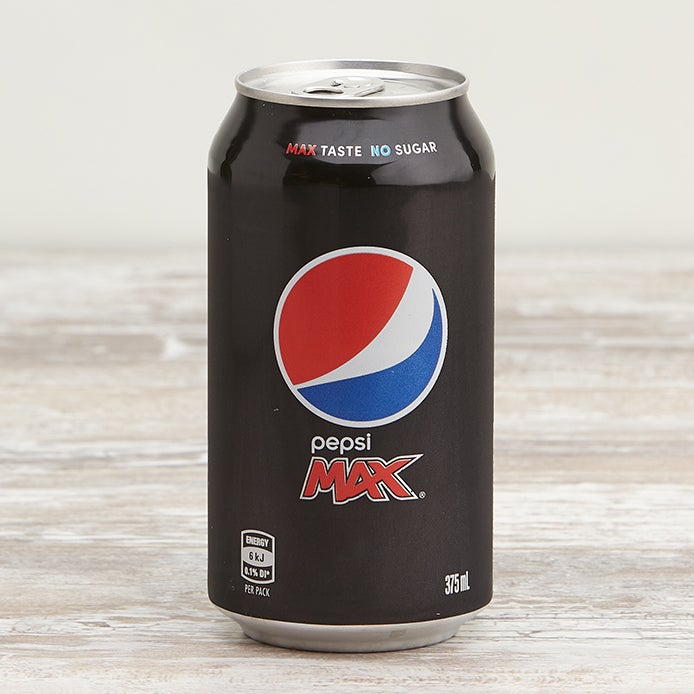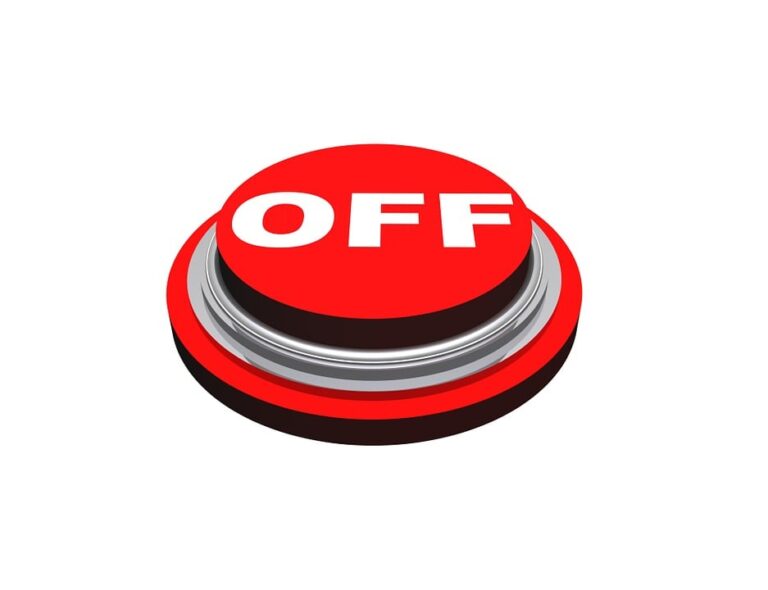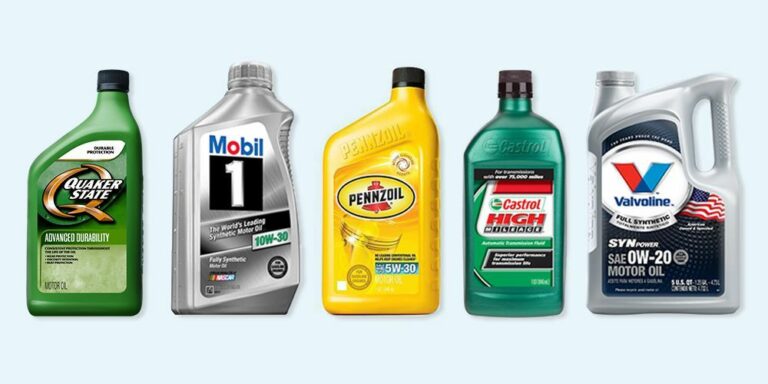Where Can I Sell Brand New Car Parts: A Comprehensive Guide
Where Can I Sell Brand New Car Parts: A Comprehensive Guide cars.truckstrend.com
In the dynamic world of automotive ownership and repair, it’s not uncommon to find yourself with brand new car parts that you no longer need. Perhaps you bought the wrong part, upgraded a component before installing the original, inherited a collection, or simply have surplus inventory from a past project. Whatever the reason, these pristine components represent potential value, and knowing where to effectively sell them can turn unused items into cash.
Selling brand new car parts is more than just posting an item online; it requires understanding various market channels, optimizing your listings, and navigating the nuances of the automotive aftermarket. This comprehensive guide will walk you through the best avenues for selling your new car parts, offering practical advice and actionable insights to maximize your success.
Where Can I Sell Brand New Car Parts: A Comprehensive Guide
Understanding the Value of Your Brand New Parts
Before diving into selling channels, it’s crucial to understand the inherent value of your brand new parts. Unlike used parts, new components often command a higher price, especially if they are in their original packaging, are genuine OEM (Original Equipment Manufacturer) parts, or are high-quality aftermarket equivalents from reputable brands. Their "brand new" status implies no wear, full functionality, and often, the ability for the buyer to return them if needed (though you, as the seller, will define your return policy). This pristine condition is a significant selling point that should be highlighted in your listings.
Main Avenues for Selling Brand New Car Parts
There are several distinct categories of platforms and methods you can utilize to sell your brand new car parts, each with its own advantages and disadvantages.
1. Online Marketplaces: Reaching a Global Audience
Online marketplaces are arguably the most popular and effective way to sell car parts due to their vast reach and user-friendly interfaces.
- eBay:

- Overview: The quintessential online auction and fixed-price marketplace. eBay boasts millions of active buyers, making it an excellent platform for both common and niche parts.
- Benefits: Massive audience, established buyer/seller protection programs, detailed listing options (compatibility charts, condition specifics), various shipping tools.
- Challenges: Significant fees (listing fees, final value fees, payment processing fees), high competition, need for good photography and detailed descriptions, handling shipping logistics.
- How-to: Create a detailed listing with clear, high-resolution photos from multiple angles (including part numbers and original packaging). Use accurate titles and comprehensive descriptions, specifying make, model, year, part number, and condition. Offer various shipping options and consider insurance for valuable items. Be prepared to answer buyer questions promptly.

- Amazon (Seller Central):
- Overview: While primarily known for new retail goods, Amazon allows third-party sellers. Selling car parts on Amazon can be complex due to stricter requirements and competition from larger vendors. It’s often better for high-volume sellers or those with a business account.
- Benefits: Enormous customer base, trusted platform.
- Challenges: High fees, stringent listing requirements, often requires UPC/EAN codes, difficult for one-off sellers.
- How-to: Best suited for businesses or individuals with multiple new parts and the ability to meet Amazon’s fulfillment standards.

- Facebook Marketplace & Groups:
- Overview: Ideal for local sales and specific car communities. Facebook Marketplace connects you with buyers in your area, while specialized automotive groups (e.g., "Mustang Parts For Sale," "BMW E46 Enthusiasts") allow you to target highly specific audiences.
- Benefits: Free to list, often allows for local pickup (saving shipping costs and hassle), direct communication with buyers, targeted audience in specific groups.
- Challenges: Less buyer/seller protection compared to eBay, more susceptible to lowball offers and no-shows for local pickups, reach can be limited to local areas unless shipping is offered.
- How-to: Take clear photos, write concise but informative descriptions. For Marketplace, clearly state "local pickup only" or "shipping available at buyer’s expense." For groups, adhere to group rules and engage respectfully with potential buyers.
2. Specialized Automotive Marketplaces & Forums: Targeting Enthusiasts
For niche or performance parts, specialized platforms can yield better results as they connect you directly with informed buyers.
- Dedicated Automotive Forums:
- Overview: Many car makes and models have thriving online forums (e.g., VWVortex for Volkswagens, ClubLexus for Lexus owners, NASIOC for Subarus). These forums often have "For Sale" sections.
- Benefits: Highly targeted audience of enthusiasts who understand the value of specific parts, often more knowledgeable buyers, less competition than general marketplaces.
- Challenges: May require you to be an active member to post, smaller overall audience, forum-specific rules, less formal transaction processes.
- How-to: Become an active, contributing member first. Follow all forum rules for selling. Provide detailed descriptions, part numbers, and high-quality photos. Be transparent about pricing and shipping. Build trust within the community.
- Niche Automotive Classifieds Websites:
- Overview: Websites like Bring a Trailer (for high-end classics/performance), specific brand parts sites (e.g., FCP Euro for European parts, though they’re retailers, some may have classifieds), or sites focused on a particular type of part (e.g., racing parts).
- Benefits: Extremely targeted, buyers are often serious and willing to pay for quality.
- Challenges: Very niche, limited audience, may require specific expertise to list effectively.
- How-to: Research sites relevant to your specific part. Ensure your part aligns with the site’s focus.
3. Local Selling Options: Convenience and Immediate Payment
Sometimes, the best buyer is right around the corner.
- Craigslist:
- Overview: A classic for local classifieds.
- Benefits: Free to list, no shipping costs if local pickup, immediate cash payment.
- Challenges: Prone to scams and lowball offers, less secure than other platforms, limited reach.
- How-to: Include "local pickup only, cash preferred." Meet in a safe, public place.
- Local Auto Parts Stores & Mechanic Shops:
- Overview: Some independent auto parts stores or mechanic shops might buy new, in-demand parts, especially if they are genuine OEM or hard to find. This is less common for individual parts and more for bulk or specialized items.
- Benefits: Quick sale, no listing hassle, potential for expert advice on pricing.
- Challenges: Often offer significantly less than retail, limited to what they need, not all shops buy from individuals.
- How-to: Call ahead and ask if they are interested in purchasing new parts. Be prepared to show documentation of authenticity.
- Automotive Swap Meets & Flea Markets:
- Overview: In-person events where enthusiasts buy, sell, and trade parts.
- Benefits: Direct interaction with buyers, no shipping, cash sales, can sell multiple items quickly.
- Challenges: Requires time commitment, table fees, weather dependent, limited to event attendees.
- How-to: Research local swap meets. Price your items clearly. Be ready to negotiate.
- Word-of-Mouth:
- Overview: Inform friends, family, and local car club members.
- Benefits: Trusted transaction, no fees.
- Challenges: Limited reach.
Key Considerations for Successful Selling
Regardless of where you choose to sell, these factors are critical for maximizing your chances of a successful sale:
- Authenticity and Condition: Emphasize "brand new" and back it up with photos of original packaging, labels, and part numbers. Be honest about any shelf wear on the box.
- Pricing Strategy:
- Research: Look up the retail price of the new part. Check completed listings on eBay or other marketplaces for similar new parts to see what they actually sold for.
- Undercut Retail: As a private seller, you generally won’t get full retail price. Aim for 70-90% of retail for highly sought-after new parts, adjusting downward for less common or older stock.
- Consider Shipping: Factor shipping costs into your pricing or clearly state that shipping is extra.
- High-Quality Photography: Take multiple clear, well-lit photos from different angles. Include shots of the part number, manufacturer’s label, and original packaging. A cluttered background distracts; a plain one highlights the part.
- Detailed Descriptions: This is paramount. Include:
- Full part name and official part number.
- Make, model, and year compatibility (be as specific as possible).
- Condition: "Brand New in Box (BNIB)," "New Old Stock (NOS)," "Never Installed."
- Any known applications or cross-references.
- Your return policy (if any).
- Shipping details (cost, carrier, tracking).
- Payment methods accepted.
- Shipping & Packaging:
- Secure Packaging: Use sturdy boxes, bubble wrap, packing peanuts, or foam to protect the part during transit. Remember that even "new" parts can be damaged.
- Tracking & Insurance: Always use shipping services with tracking. Consider insurance for valuable parts.
- Calculated vs. Flat Rate: For online sales, use calculated shipping or offer a flat rate if you know the cost precisely.
- Customer Service & Communication: Respond promptly and politely to inquiries. Be prepared to provide additional photos or measurements. Good communication builds trust.
- Payment Methods: Offer secure payment options like PayPal (for online sales), cash (for local pickup), or direct bank transfer for larger transactions. Avoid methods that offer no buyer/seller protection.
- Returns: Clearly state your return policy. For brand new parts, many sellers opt for "no returns" or "returns accepted only if part is unused and in original packaging."
Comparison Table: Where to Sell Brand New Car Parts
| Platform/Method | Target Audience | Pros | Cons | Typical Fees/Costs | Best For |
|---|---|---|---|---|---|
| eBay | Global, varied | Huge reach, buyer/seller protection, structured | High fees, competition, shipping logistics | ~10-15% final value fee | Common, high-demand, and niche parts |
| Facebook Marketplace | Local/Regional | Free to list, local pickup, direct communication | Less protection, lowball offers, no-shows | Free | Larger/heavy parts, quick local sales |
| Specialized Forums | Niche Enthusiasts | Highly targeted, knowledgeable buyers | Smaller audience, forum rules, less formal | Often free (donations) | Rare, performance, brand-specific parts |
| Craigslist | Local | Free, no shipping, cash payment | Scams, lowball offers, limited reach | Free | Large items, immediate cash, local pickup |
| Local Auto Shops | Local, professional | Convenience, expert advice, quick cash | Lower payout, limited scope, not all buy from individuals | Store’s cut | Fast sale for common or in-demand OEM parts |
| Swap Meets/Flea Markets | Local Enthusiasts | Cash sales, direct interaction, multiple items | Time commitment, table fees, weather dependent | Table/vendor fee | Various parts, good for bulk, unique finds |
Frequently Asked Questions (FAQ)
Q1: How do I determine the correct value/price for my brand new car part?
A1: Research is key. Check the current retail price from auto parts stores and dealer websites. Then, search completed listings on eBay or other marketplaces for the exact same part number to see what they actually sold for in "new" condition. Aim to price slightly below retail but competitively with other used/new listings.
Q2: Do I need the original packaging to sell a brand new car part?
A2: While not strictly mandatory, having the original, unopened, or lightly opened packaging significantly increases buyer confidence and the perceived value of the part. It also protects the part during shipping. Always photograph the packaging, especially if it has part numbers or brand logos.
Q3: How do I ship large or heavy car parts?
A3: For large/heavy items, consider freight shipping services (e.g., FedEx Freight, UPS Freight) or local pickup. Use robust packaging, double-boxing if necessary. Get accurate weight and dimensions for shipping quotes. Sometimes, breaking down a large item into smaller, shippable components (if feasible) can reduce costs.
Q4: What if the part doesn’t fit the buyer’s car, even if I listed compatibility correctly?
A4: It’s crucial to state in your listing that it’s the buyer’s responsibility to verify compatibility. Provide the part number and as much detail as possible (make, model, year, trim, engine size, VIN if applicable). For new parts, many sellers offer a "no returns" policy unless the item is misrepresented or damaged in shipping. If you do offer returns, specify the conditions (e.g., "must be unused and in original packaging").
Q5: Are there any brand new car parts that are particularly hard to sell?
A5: Very specific, obscure parts for rare or very old vehicles might have a tiny market. Also, parts for extremely common, inexpensive vehicles where new parts are readily available at low cost might be hard to sell for a significant profit. Highly specialized tools or diagnostic equipment might also have a limited audience.
Q6: Should I offer a warranty on a brand new car part I sell?
A6: As an individual seller, you typically do not offer a warranty. The manufacturer’s warranty (if any) usually applies to the original purchaser from an authorized dealer. Clearly state that the item is sold "as-is" with no warranty from the seller.
Conclusion
Selling brand new car parts can be a rewarding endeavor, transforming unused inventory into valuable assets. By understanding the various selling channels—from global online marketplaces like eBay to highly targeted automotive forums and local options—you can tailor your approach to the specific parts you have.
Remember to prioritize clear communication, high-quality visuals, and detailed descriptions, always emphasizing the "brand new" condition. With careful planning, strategic pricing, and attention to customer service, you can successfully navigate the automotive aftermarket and find the perfect buyer for your brand new car parts. Happy selling!






